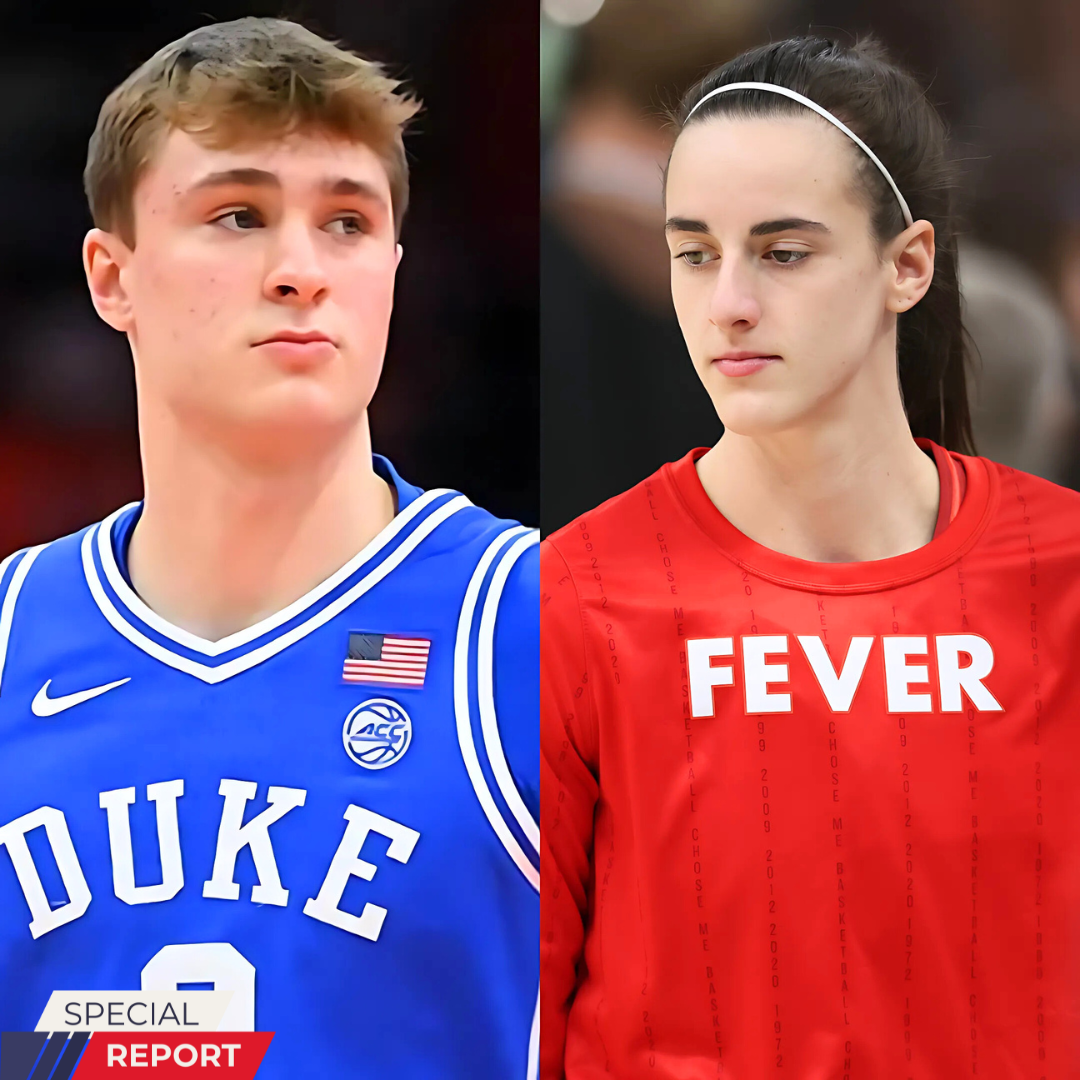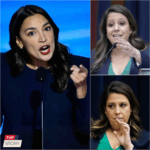It started with a number—$28 million. That’s the figure swirling around Duke freshman Cooper Flagg, the newest face of college basketball, whose reported NIL earnings set off a national firestorm. But this wasn’t just about a young star cashing in. It exposed a growing fault line in sports: gender disparity, inflated valuations, and the uneasy marriage of amateurism and capitalism.
What does it mean when a college freshman earns more than most pros, and a record-setting WNBA star like Caitlin Clark, with real-world results and cultural gravity, still fights for equitable treatment? Let’s unpack the numbers—and what they say about the modern state of athlete compensation.
The Anatomy of a $28 Million Payday: Inside Cooper Flagg’s NIL Empire
New Balance, Fanatics, and the Power of Hype
Cooper Flagg didn’t just show up—he exploded onto the NIL stage. His $13 million partnership with New Balance instantly put him on campaigns beside NBA veteran Kawhi Leonard. Then came Fanatics, locking down memorabilia and trading rights in a deal worth $15 million.
But here’s the thing: these aren’t one-year payouts. As sports analyst Aaron Torres cautioned, media headlines often gloss over the multi-year scope of such contracts. Flagg’s total NBA rookie salary, projected at $62.7 million over four years, makes his NIL cash even more mind-blowing when you realize he’s not a pro yet.
That disconnect is fueling doubt. How is a college player out-earning pros like Grayson Allen, who brings in $16 million annually?
Amateur in Name Only
This isn’t just hype—it’s strategy. Companies like New Balance and Fanatics aren’t betting on Flagg for one season. They’re investing in future returns, hoping his NBA journey will pay back the millions they’ve already spent. These NIL deals blur the line between amateurism and professional stardom, where marketing potential trumps résumé.
Even On3, which tracks NIL valuations, had Flagg’s annual worth around $4.3 million. But that ballooned to $28 million in national headlines, thanks to projections based more on hype than hard performance.
Caitlin Clark: Trailblazer, Star, Undervalued?
From NIL Queen to WNBA Pay Gap
Caitlin Clark is the name in women’s basketball. She raked in $3.1 million in NIL during her Iowa days—behind only a few male counterparts. Her endorsements with Nike, Gatorade, and State Farm cemented her as a crossover icon.
But once she entered the WNBA? Reality hit. Her base salary: $76,535. Compare that to her $3.5 million-per-year Nike deal, and the imbalance becomes jaw-dropping.
Even now, Clark’s record-breaking $28 million Nike contract mirrors Flagg’s college earnings. But unlike Flagg, Clark has already delivered: massive TV ratings, sellouts, cultural buzz. So why does she still earn less respect in brand campaigns?
The Caitlin Clark Effect
The numbers tell the story. Clark’s WNBA debut pulled 2.1 million viewers—the most-watched WNBA game in ESPN history. Her NCAA games averaged 18.7 million viewers, surpassing the men’s finals.
Ticket sales for the Indiana Fever skyrocketed 156%. ESPN’s women’s sports media rights surged to $65 million annually, a tenfold leap thanks largely to her star power.
But even with all that impact, she still has no signature shoe. Meanwhile, Flagg is already front and center in premier New Balance campaigns. Why does her proven influence get less respect than his projected potential?
The Gender Gap: Still Alive in the NIL Era
The Data Is Clear—and Unequal
At 12 major universities reporting NIL stats, men’s sports earned $92 million, women’s? Just $19 million.
Consider LSU’s Livvy Dunne, the top-earning female athlete at $3.9 million per year. Despite boasting 5.3 million Instagram followers, she still trails Arch Manning—a male quarterback who earns $6.5 million and has just 387,000 followers.
Even when women’s sports outdraw men’s, like the NCAA basketball finals in 2024, female athletes still pull in just 17% of NIL money.
Institutions & Brands: Still Playing Favorites
At Texas A&M, 98% of NIL money goes to male athletes. At Utah, the Crimson Collective handed out $61,000 trucks—to football players only. Women? Excluded.
Brands like Fanatics and Nike often replicate these imbalances. Fanatics gave Flagg $15 million—but deals with WNBA rookies like Clark? Far more modest. Even when women deliver big, the money doesn’t always follow.
Market Power vs. Market Potential
Cooper Flagg: The Chosen One
Flagg’s deals aren’t just big—they’re wide-ranging. He’s partnered with Gatorade, AT&T, CORT Furniture, and more. He’s not just selling shoes—he’s selling a future.
But that future is assumed, not earned. Flagg’s star is built on promise, not proof. It’s the same old story—brands love to bet on the next big male phenom.
Caitlin Clark: The Disrupter
Clark has already redefined what it means to be a women’s sports icon. She’s changed how the WNBA is covered, watched, and sold. But her $28 million Nike deal still falls short of what Victor Wembanyama and other NBA rookies are pulling—$75 million+ contracts with ease.
The message? You can break records, win hearts, and shift culture—but if you’re a woman, that still doesn’t mean equal pay.
The Bigger Picture: Where NIL Is Headed
End of Amateurism, But Not End of Inequity
Flagg’s $28 million haul represents a new age where top college stars can rake in serious cash. But the winners of this system? Largely men in revenue-generating sports.
At Duke, football recruit Darian Mensah and basketball prospect Cameron Boozer are already valued at $2.8M and $1.5M in NIL. Few female athletes even crack six figures.
Without revenue sharing or gender-based safeguards, NIL could deepen the gap it was supposed to help close.
Hope Through Reform and Innovation
Some institutions are stepping up. Howard University’s Mecca Made Collective and Unrivaled are reshaping NIL through equity-based models, ensuring women benefit equally.
But true change will require brands and schools to act boldly. Imagine if New Balance or Fanatics made equal investments in top female athletes. Imagine schools requiring 50/50 NIL allocations. That’s what it will take.
Conclusion: The Cost of Potential, The Price of Proof
Cooper Flagg and Caitlin Clark are both generational talents—but their compensation tells two vastly different stories.
Flagg’s $28 million is a bet on what might be. Clark’s identical number is a delayed reward for what already is. And in between lies the truth of modern sports: talent is everywhere, but value is still measured through old, unequal lenses.
The NIL era promised change—but whether it becomes a tool for equity or just another system favoring the usual winners? That’s still up for grabs.







